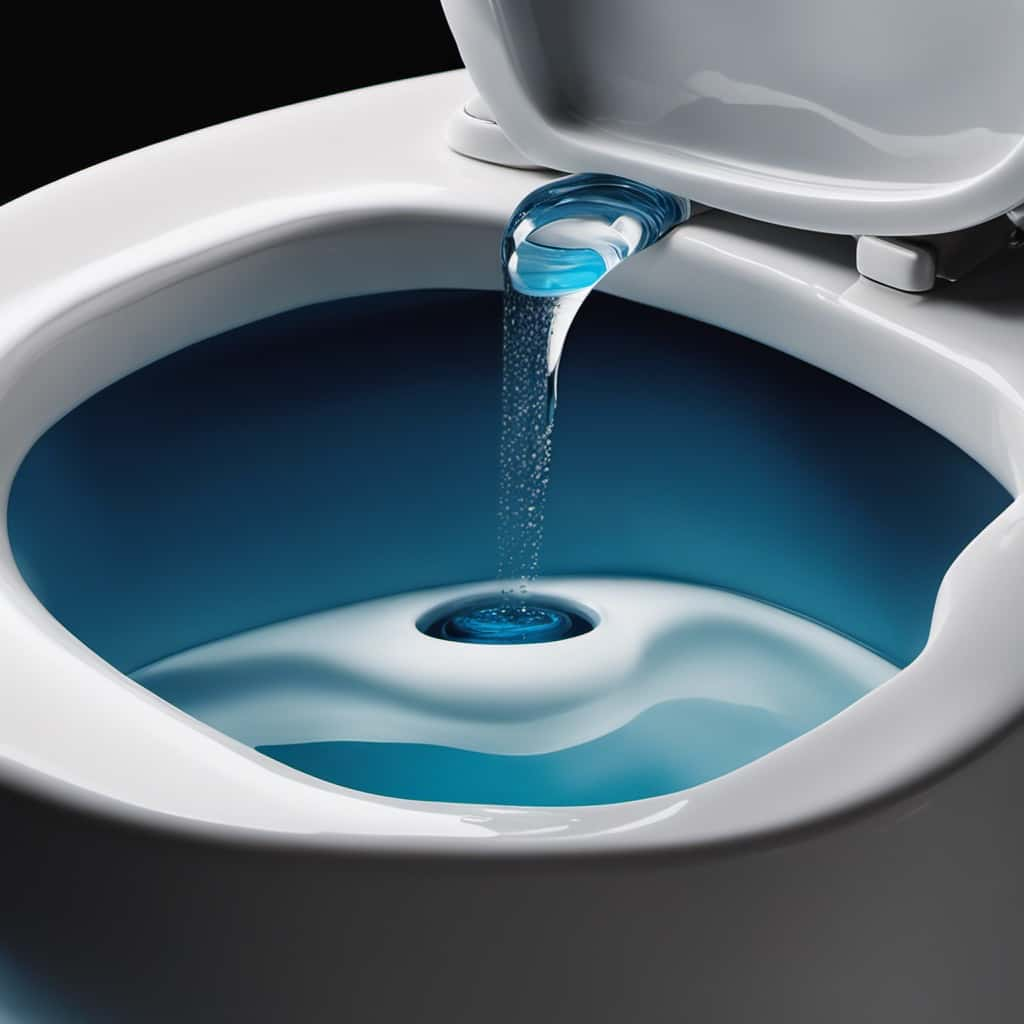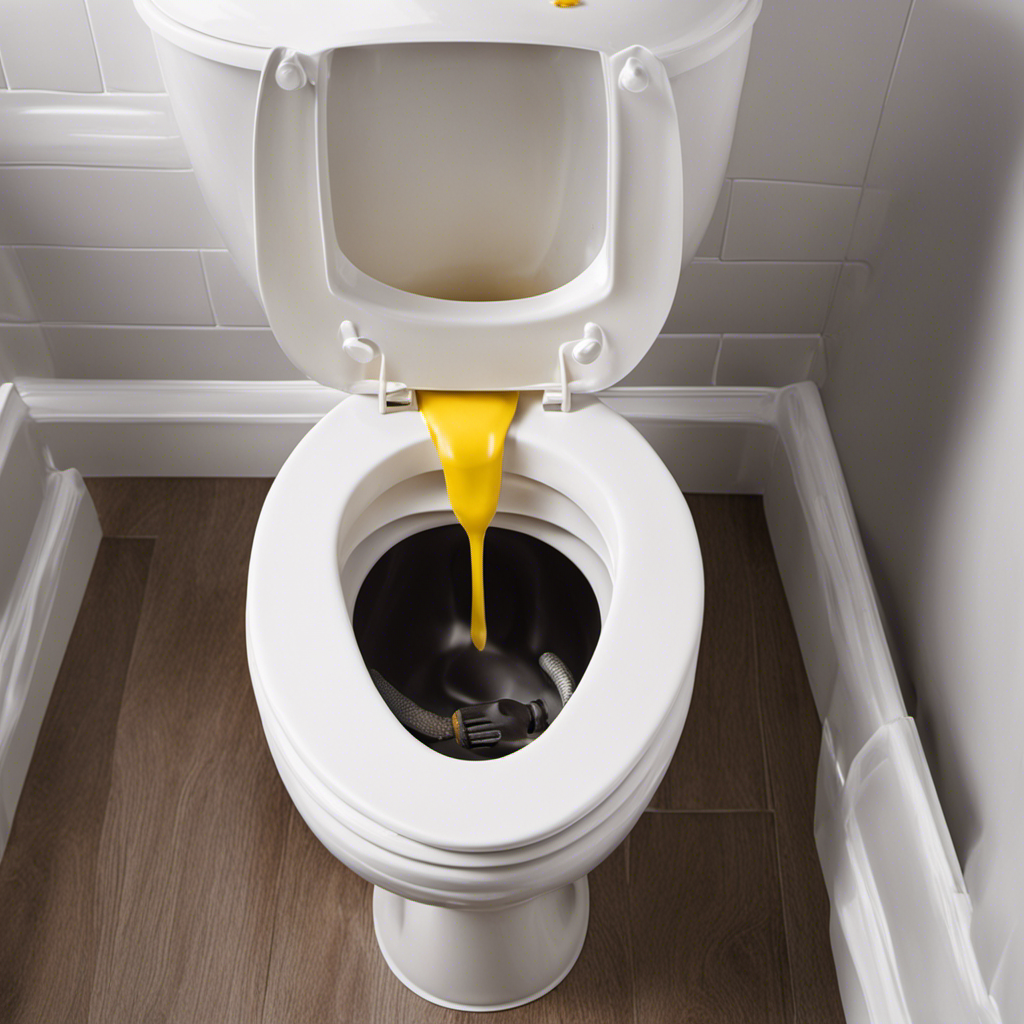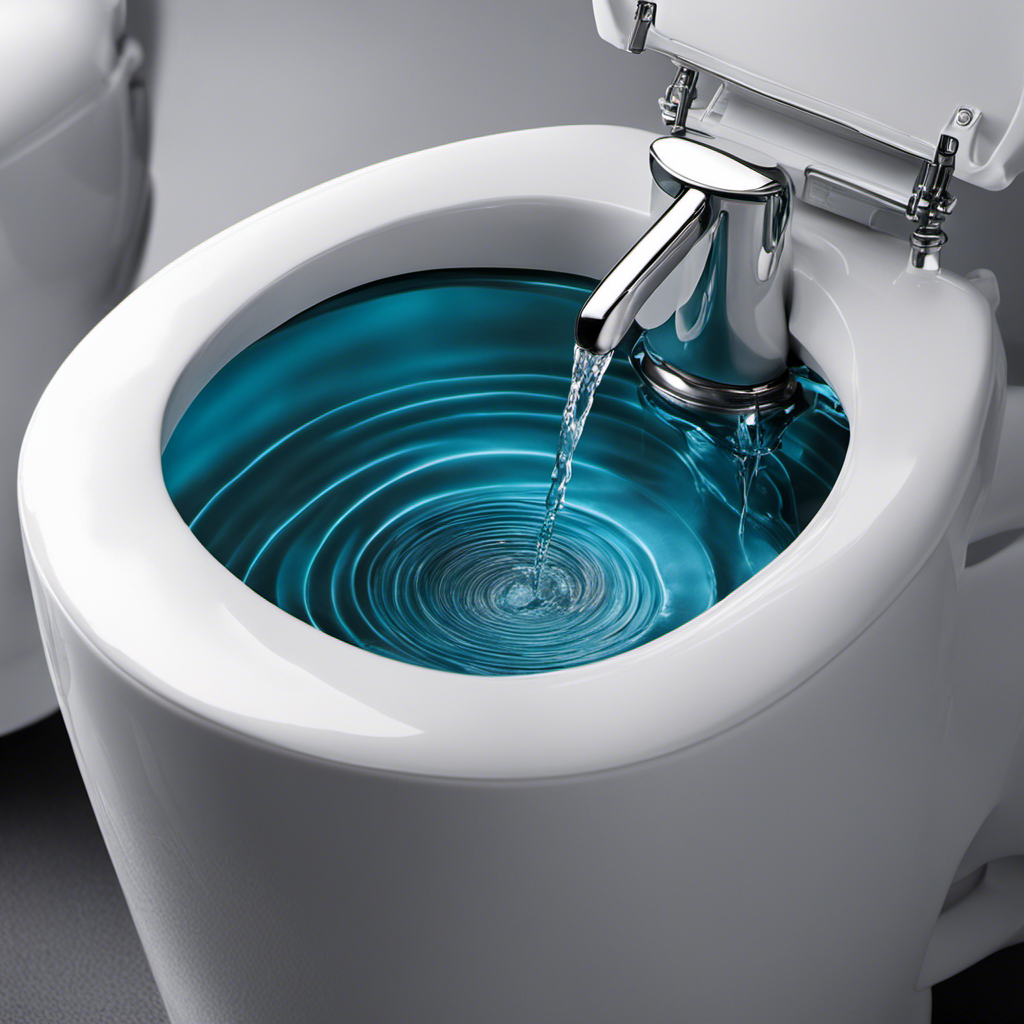I’ve always been curious about the origins of everyday items we take for granted, like toilet paper. So, I decided to dive into the history and uncover the answer to the burning question: who invented toilet paper?
Join me on this fascinating journey as we explore the historical origins, early innovations, and modern advances in the world of toilet paper. Get ready to be surprised by the twists and turns of this hygiene product’s story.
Key Takeaways
- Ancient civilizations had their own alternatives to toilet paper, such as sponges on sticks, tree bark, leaves, cloth, papyrus, seashells, wool, and corn cobs.
- The development of commercial toilet paper revolutionized personal hygiene practices and made it more widely available and affordable.
- Patent battles and competition shaped the commercial toilet paper industry, with companies fighting fiercely to protect their intellectual property.
- Modern advances in toilet paper manufacturing include embracing eco-friendly manufacturing processes, utilizing advanced machinery and robotics, and considering alternative materials like bamboo or hemp fibers.
Historical Origins of Toilet Paper
So, you’re probably wondering who actually invented toilet paper.
When it comes to the historical origins of toilet paper, it’s important to note that ancient civilizations had their own alternatives.
In ancient Rome, for example, people used a sponge on a stick called a ‘spongia’ which they would clean and reuse.
In China, tree bark and even leaves were used as a form of toilet paper. The concept of paper as we know it today was developed in China during the Han Dynasty.
However, it wasn’t until the 6th century that the first recorded use of toilet paper made from paper was mentioned in China.
Cultural differences also played a role, as some civilizations preferred water-based cleaning methods like bidets or simply using their left hand.
The invention of modern toilet paper as we know it today is attributed to Joseph Gayetty in the United States in the mid-19th century.
Early Innovations in Hygiene Products
During that time, people began using various materials for personal cleanliness, including cloth and plant leaves. Personal hygiene practices have evolved over the centuries, and ancient civilizations had their own alternatives to modern toilet paper. Let’s take a look at some of these early innovations in hygiene products:
| Ancient Alternatives | |
|---|---|
| Cloth | Plant Leaves |
| Papyrus | Seashells |
| Wool | Corn Cobs |
Ancient Egyptians used strips of cloth, while ancient Greeks and Romans preferred papyrus. In some regions, people would use plant leaves, such as the mullein leaf or the large-leafed lamb’s ear. Seashells, wool, and even corn cobs have also been used throughout history.
These alternatives, though not as convenient as modern toilet paper, provided some level of cleanliness. However, the development of commercial toilet paper would revolutionize personal hygiene practices.
Development of Commercial Toilet Paper
The development of commercial toilet paper brought about a significant change in personal hygiene practices. Prior to its commercialization, people relied on various methods to clean themselves after using the toilet, such as leaves, corn cobs, or even their bare hands. However, with the introduction of commercial toilet paper, personal hygiene became more convenient and comfortable.
Here are four interesting facts about the development and marketing strategies of commercial toilet paper:
-
Branding: Companies began to brand their toilet paper, giving it catchy names and packaging to make it more appealing to consumers.
-
Softness and Strength: Manufacturers focused on improving the quality of toilet paper, making it softer and stronger to enhance the user experience.
-
Marketing campaigns: Companies used various marketing strategies, including advertising in magazines, radio, and later on, television, to promote their toilet paper brands.
-
Availability and Accessibility: Commercial toilet paper became widely available and affordable, making it accessible to people of all socioeconomic backgrounds.
As a result of these marketing strategies and the commercialization of toilet paper, it quickly became a staple in households worldwide, revolutionizing personal hygiene practices.
Patent Battles and Industry Competition
Branding and marketing campaigns played a crucial role in the competition between companies in the commercial toilet paper industry. Patent disputes and market dominance were common themes in this highly competitive market. Companies fought fiercely to protect their intellectual property and gain an advantage over their rivals. The table below provides a snapshot of some key players and their patent disputes during this period.
| Company | Patent Dispute | Outcome |
|---|---|---|
| Company A | Filed a patent infringement lawsuit against Company B | Settlement reached |
| Company B | Countersued Company A for patent infringement | Case dismissed |
| Company C | Accused Company D of stealing their patented design | Court ruled in favor of Company C |
| Company D | Denied allegations and claimed independent design | Case ongoing, awaiting final court decision |
These patent battles not only determined the market dominance of companies but also shaped the future of the commercial toilet paper industry. It was a constant race to innovate, protect intellectual property, and gain an edge over competitors.
Modern Advances in Toilet Paper Manufacturing
To stay competitive in the commercial toilet paper industry, you’ll need to embrace modern advances in manufacturing techniques for your product. Here are four ways you can improve your manufacturing process and address the growing demand for sustainable toilet paper options:
-
Invest in recycled materials: By using recycled paper fibers, you can reduce the environmental impact of your toilet paper production. This helps to conserve resources and decrease deforestation.
-
Adopt eco-friendly manufacturing practices: Implementing energy-efficient technologies and reducing water consumption can significantly minimize the ecological footprint of your manufacturing process.
-
Explore alternative materials: Consider using bamboo or hemp fibers as an alternative to traditional wood pulp. These materials grow quickly and require fewer resources to produce, making them more sustainable options.
-
Offer eco-conscious packaging: Opt for packaging materials that are recyclable or made from renewable resources. This contributes to a more sustainable product lifecycle.
Frequently Asked Questions
What Are Some Alternative Materials That Were Used Before the Invention of Toilet Paper?
Before the invention of toilet paper, people used a variety of alternative materials for hygiene purposes. These included leaves, stones, corncobs, and even seashells. The historical use of such materials varied across different cultures and time periods.
How Did the Invention of Toilet Paper Impact the Environment?
The invention of toilet paper had a significant impact on waste and environmental sustainability. It provided a more hygienic and convenient solution for personal hygiene, reducing the need for alternative materials that were less environmentally friendly.
Were There Any Cultural or Societal Challenges to the Acceptance of Toilet Paper?
Cultural resistance and societal norms presented challenges to the acceptance of toilet paper. For example, in some cultures, using paper for personal hygiene was considered unclean. These beliefs shaped attitudes towards toilet paper.
What Are Some Interesting Anecdotes or Stories Related to the Early Use of Toilet Paper?
Early manufacturing of toilet paper had its challenges, but eventually, it became widely accepted. Interestingly, people used various unusual substitutes before its invention. These anecdotes shed light on the fascinating history of this essential hygiene product.
How Has the Marketing and Advertising of Toilet Paper Evolved Over the Years?
Toilet paper marketing and advertising have evolved significantly over the years. Companies now use various strategies to promote their products, including clever commercials, social media campaigns, and targeted advertisements. It’s fascinating to see how the industry has adapted to reach consumers.
Conclusion
In conclusion, the invention and evolution of toilet paper have played a vital role in improving hygiene standards throughout history.
From its humble beginnings in ancient China to the modern advances in manufacturing, toilet paper has become an essential commodity in households around the world.
Just like a soft and gentle hand guiding us through the darkest of nights, toilet paper has provided comfort and cleanliness in our daily lives.
Its journey is a testament to human ingenuity and the constant pursuit of better hygiene practices.










